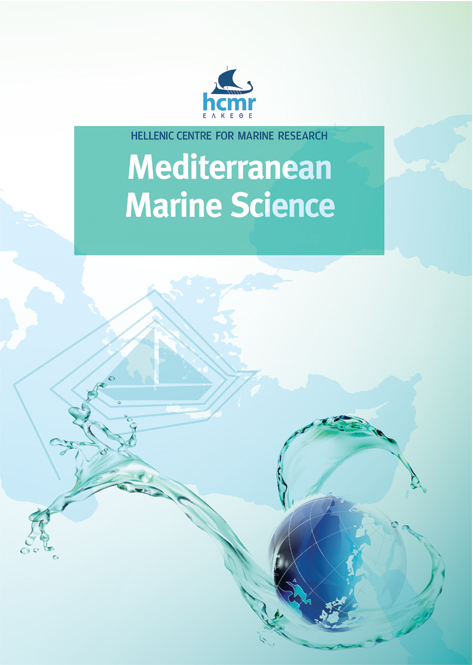Seamounts as hot-spots of large pelagic aggregations

Abstract
The distribution of four top predators in the Tyrrhenian Sea, a sub-basin of the Mediterranean Sea, was investigated by means of random forest regression considering depth, distance from the coast, seafloor slope, and distance from seamounts as habitat descriptors on a 2x2–nautical mile regular grid. RF results are processed to estimate variable importance and model performance. Random forest architecture reached optimal sensitivity and specificity, thus providing a consistent support tool for identifying suitable habitats. The considered species are characterized as having patched suitable habitats with a number of hot-spot areas where the different species’ habitats overlap. These hot-spot areas’ locations correspond to those of specific seamounts identifying the attraction effect of these topographic structures. The mean features typifying the most attractive seamounts are investigated and found to be shallow peak and base depths but wide base area and high relative elevation.
Article Details
- How to Cite
-
VASSALLO, P., PAOLI, C., ALESSI, J., MANDICH, A., WÜRTZ, M., & FIORI, C. (2018). Seamounts as hot-spots of large pelagic aggregations. Mediterranean Marine Science, 19(3), 444–458. https://doi.org/10.12681/mms.15546
- Issue
- Vol. 19 No. 3 (2018)
- Section
- Research Article
Authors who publish with this journal agree to the following terms:
- Authors retain copyright and grant the journal right of first publication with the work simultaneously licensed under a Creative Commons Attribution Non-Commercial License that allows others to share the work with an acknowledgement of the work's authorship and initial publication in this journal.
- Authors are able to enter into separate, additional contractual arrangements for the non-exclusive distribution of the journal's published version of the work (e.g. post it to an institutional repository or publish it in a book), with an acknowledgement of its initial publication in this journal.
- Authors are permitted and encouraged to post their work online (preferably in institutional repositories or on their website) prior to and during the submission process, as it can lead to productive exchanges, as well as earlier and greater citation of published work (See The Effect of Open Access).




